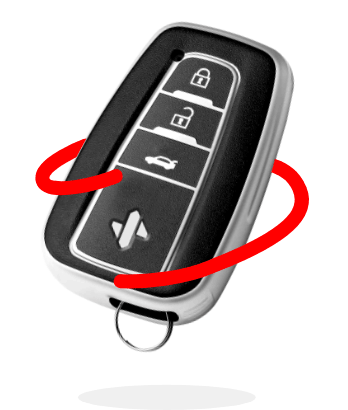When you purchase a car, the title is one of the most important documents you’ll receive. The car title lists the previous owner’s name and your name as the current owner. It also has essential information about the car, such as the make, model, year, and vehicle identification number (VIN).
In this post, we’ll explain all this information and how to read your car title accurately.
WHAT DOES YOUR CAR TITLE LOOK LIKE?
A car title is an important document; it serves as proof that you own the vehicle. It has a lot of important information, including your name, the VIN, and the odometer reading. This information is crucial because it can affect registration and insurance costs.
HOW TO READ YOUR CAR TITLE
The first thing you’ll see on your car title is the date of sale. Then, the names and addresses of the buyer and seller follow this, followed by a section called “Car Description,” which includes information about the vehicle’s make, model, year, and VIN. Finally, a section for “Odometer Reading” tells you how many miles are on the car.
Your Name
The car title will have your name on it. This is important because it shows you are the vehicle’s legal owner. If you ever need to sell the car, the title will prove that you are the rightful owner and can sell the car.
Vehicle Identification Number (VIN)
The VIN is a unique number that is assigned to every vehicle. It is typically on the dashboard on the car’s driver’s side. The VIN can track recalls, registrations, and ownership of a vehicle.
Odometer Reading
The odometer reading is the mileage on the car. This is essential information because it can affect the value of the car. For example, a car with high mileage may not be worth as much as a car with low mileage.
Weight Class
The weight class is the weight of the vehicle. This information is essential because it can affect how much you pay for registration and insurance. For example, a heavier car may cost more to register and insure than a lighter car.
When reading your car title, the most important thing to remember is that everything listed on the document is correct. If any of this information changes (for example, if you sell the car or change your address), it’s vital to update the title to reflect these changes.
To update your car title, you must complete a form at your local Department of Motor Vehicles (DMV). Remember: you’ll need to pay a fee for this service.
Car Title Assignment
The assignment section of a car title records important information about transferring vehicle ownership.
For the seller, this section typically includes information such as the vehicle’s make, model, year, and any additional relevant details about its condition or history. The buyer’s section includes similar information, contact details, and signatures confirming that they have received and accepted the car.
Whether you are buying or selling a vehicle, it’s important to carefully complete this section so that there can be no disputes about who holds legal ownership of the car. With proper documentation in place, you can feel confident that your car title is properly assigned and that all rights to the vehicle have been appropriately transferred.
WHAT DOES A CLEAN TITLE LOOK LIKE?
A clean car title is a document showing that a vehicle has no existing liens or encumbrances. In short, it means that the car is free of any financial obligations.
A clean title is typically required when selling or transferring vehicle ownership. To get a clean title, the owner must first pay off any outstanding loans or debts associated with the vehicle.
Once the previous owner has paid off the title, the new owner can request a new title from the state DMV. The new title will reflect that the vehicle has no outstanding debt and is therefore “clean.” A clean car title is considered to indicate a vehicle’s value.
WHAT DOES A WASHED CAR TITLE MEAN?
A washed car title is one of the biggest problems when buying or selling vehicles in today’s auto market.
A title that’s been washed or altered to hide required and essential information can pose serious risks for buyers and sellers alike. Title washing begins when an individual attempts to remove existing liens or other financial encumbrances from a vehicle’s title.
Additionally, this process can also involve attempts to falsely inflate a vehicle’s value by removing mileage or damage history or even tampering with accident records. Because of the risks associated with washed car titles, individuals must be aware of these practices and protect themselves accordingly.
To do so, you should inspect your title thoroughly and choose a reputable dealer who will provide all the documentation for your vehicle purchase. Being vigilant and taking care when buying or selling vehicles can help combat the harmful effects of washed car titles on the auto market.
We hope this post helped explain what a car title is and why it’s important. Having all the information included in your car title can help you avoid any issues down the road.
Remember that your car title is very important, so it’s essential to keep it in a safe place. A car title is proof of ownership; if you lose it, you could face serious consequences.
If you need help finding the best car insurance coverage for the best price, start by speaking to a SimplyIOA agent at 833.872.4467 or get an auto insurance quote online now.










